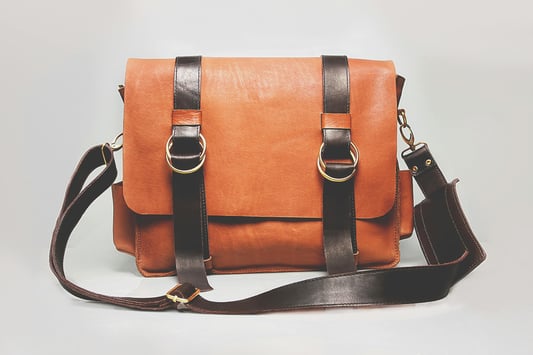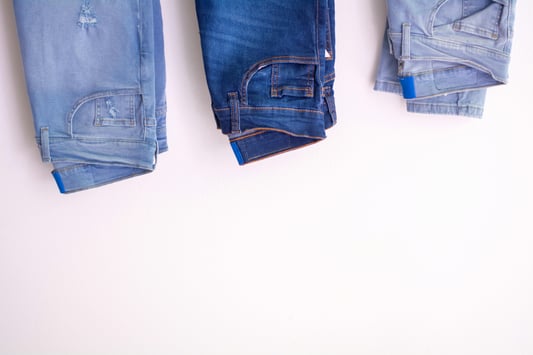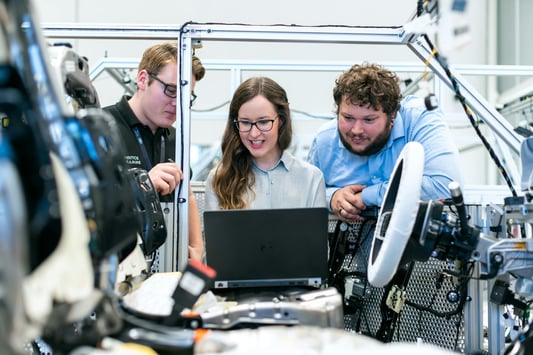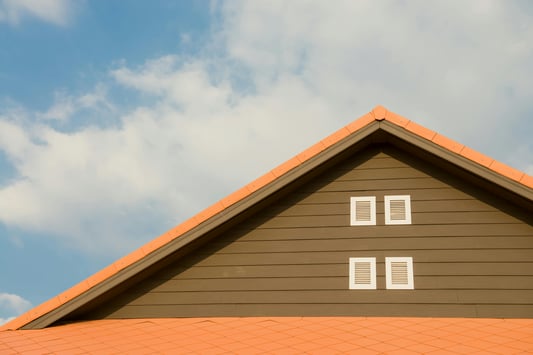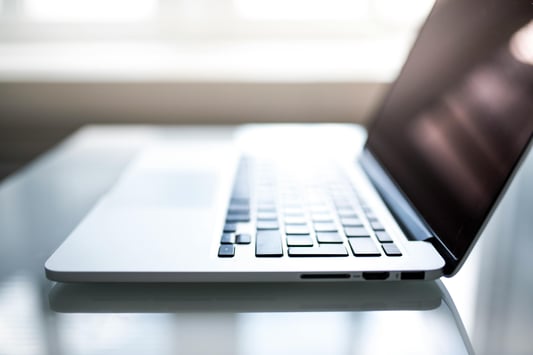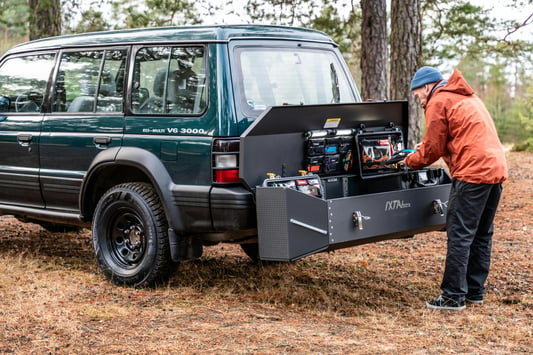Why luggage brands inspection is ImportantWhen it comes to purchasing new luggage, it's essential to inspect different brands thoroughly. By doing so, you can ensure that you get a durable and reliable product that will last you for many trips to come.Factors to Consider During Luggage Brands InspectionDuring your inspection, be sure to look at the material used, the quality of zippers and handles, the overall construction, and any warranty or guarantee offered by the brand.Top Luggage Brands to ConsiderSome of the top luggage brands known for their quality and durability include Samsonite, Travelpro, Delsey, Rimowa, and Briggs & Riley. These brands are often a safe bet when it comes to luggage inspections.Common Issues Found During Luggage InspectionsSome common issues to look out for during luggage inspections include broken zippers, torn fabric, wobbly handles, and wheels that don't roll smoothly. These issues can indicate poor quality and durability.How to Perform a Thorough InspectionWhen inspecting luggage brands, be sure to open and close all zippers, extend and retract handles, test the wheels on different surfaces, and check for any visible damage or wear and tear.Online Resources for Luggage Brands InspectionIf you're not able to inspect luggage brands in person, there are many online resources that provide detailed reviews and ratings of different brands. Websites like Consumer Reports and Amazon reviews can be helpful.Expert Tips for Luggage InspectionExperts recommend checking the stitching and seams of the luggage, testing the TSA locks (if applicable), and ensuring that the luggage meets your specific needs in terms of size and compartments.What to Do After Completing a Luggage InspectionAfter completing a thorough inspection of different luggage brands, make sure to compare prices, warranties, and customer reviews before making a final decision on which brand to purchase.Summary of Luggage Brands InspectionIn conclusion, conducting a detailed inspection of luggage brands is crucial to ensuring you get a high-quality product that meets your travel needs. By following the tips mentioned above, you can make an informed decision when investing in new luggage.Quote InquiryContact us!


